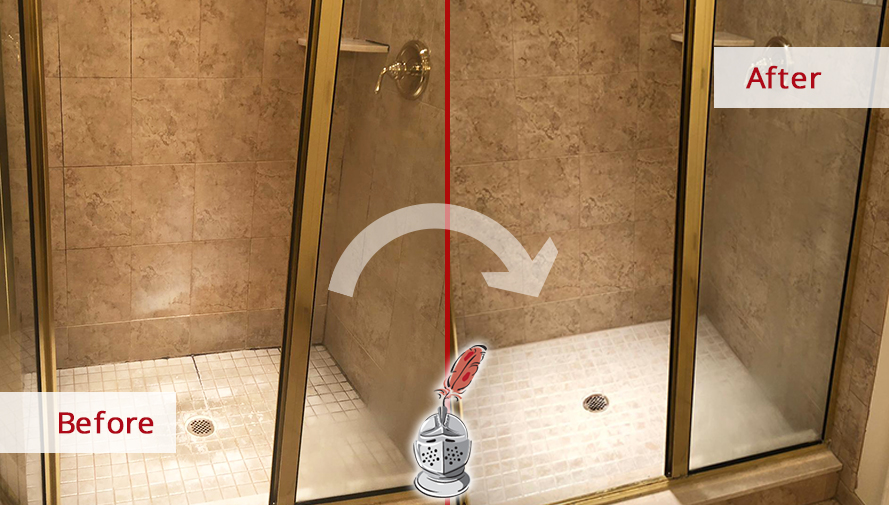Right here below you can discover a lot of reliable answers all about Preventing Water Damage in the Bathroom.

The washroom is extremely vulnerable for moist build-up as well as prospective water damage because of the regular use water in it. This post uses straightforward examination strategies to aid identifying water damages threats.
The constant use water in the washroom makes it exceptionally at risk for wet buildup and also prospective water damages. By checking it on a regular basis, you can minimize water associated damages.
The following set of inspections is very easy to execute and also must be done when in every three months in order to keep your bathroom healthy as well as to avoid prospective water damages triggered by the tub, the shower, pipe joints and plumbing, sinks, closets, and also the bathroom
Do not overlook performing these inspections and also be complete while doing them. Keep in mind that these simple examinations can conserve you a lot of money by giving early indications for water damage
Bathtub and also Shower
The shower as well as tub require unique interest and upkeep. Inspect the tiles and also replace if cracked. Make certain that there is no missing out on cement between the tiles. Evaluate and also replace fractured caulking at joints where the walls meet the flooring or the tub. Clogged drains pipes as well as pipes problems will certainly avoid the bathtub from drying out as well as may show major problems under the tub. Consult with a specialist immediately to stop structural damages. Focus on discolorations or soft locations around the bathtub wall surfaces as they may show an interior leak.
Plumbing
Signs for water damages are hard to identify considering that most pipelines are installed inside the wall surfaces.
Pay special interest to floor covering and wall surfaces wetness and also spots as they might suggest an unseen plumbing problem. Examine moisture degrees in adjoining spaces as well.
Sinks as well as Cabinets
Sinks and cupboards are revealed to wetness and also humidity everyday and also are frequently forgotten. Inspect on a regular basis under the sink and also on the counter top over it. Repair any type of drip in the catch as it may recommend drainpipe problems. Browse the sink, slow-moving draining pipes might indicate a blocked drainpipe. Change sink seals if they are fractured or loose.
The Bathroom
The commode is a susceptible water joint. Examine the water lines and search for leakages around the toilet seat, in the hose pipe, and also under the water container. If you spot any type of indicators of moisture on the floor around the bathroom, look for leaks in the toilet rim and storage tank seals.
Realize that hanging toilet bowl deodorants boosts the opportunities for clogs.
How to Prevent Water Damage in Your Bathroom?
Water damage repair is an expensive, meticulous, and lengthy process. Unfortunately, bathrooms are the most susceptible rooms to water damage due to toilets, showers, and sinks. Pipes and fixtures wear out over time and are not immune to damage. But all is not lost, as there are ways to prevent water damage from occurring in your bathroom.
Check Your Plumbing
Nothing lasts forever, especially pipes, which can rust and begin leaking over time. You should periodically conduct pipe inspections and pay attention for any musty smells or water stains that may indicate you need water damage repair. Here are some things to check:
Frequently test valves for your toilet, shower, and sink to ensure they are properly working. Check faucet supply lines hidden under vanities and replace when needed. Replace cracked or deteriorating caulking along sinks, tubs, and showers. If you notice a clog in your sink, call in a professional. Since you can’t check the pipes in the wall, keep an eye out for stains, drywall bubbling, musty smells, and excess moisture; if the bathroom is on a second level, check the ceiling of the room directly below for these signs. Don’t Overwork Your Toilet
One of the most common reasons bathrooms need water damage repair is due to overflowing toilets. Save yourself the hassle of cleanup by being mindful and not pushing your toilet to extreme limits. If you have young children, it is especially important to keep an eye on them when they are in the bathroom and to teach them how to avoid clogging the toilet. Here are some more tips to help prevent your toilet from overflowing:
If you have a septic tank, only use septic-safe toilet paper Do not flush anything down the toilet besides toilet paper; items like diapers and sanitary napkins will clog the piping Pay attention to your toilet’s water level: If it’s low, it could mean it is partially clogged or that there is a crack in the toilet bowl Maintain Your Shower/Tub
Replace showers or tubs with cracks or other damage; even hairline cracks can allow water to seep in and cause damage. Grout and caulk help prevent water from seeping into walls and floors, so repair them if they are chipped, cracked, or deteriorating. Replace torn shower curtains or shower doors with seals that no longer work. Dry the floor and drain water from the tub immediately after use to prevent damage from sitting water. https://www.alure.com/home-improvements-blog/resources/how-to-prevent-water-damage-in-your-bathroom

I stumbled upon that piece of writing on Common Causes of Water Damage in a Bathroom while surfing the web. Liked our write up? Please share it. Help others discover it. Thanks so much for going through it.
Free Estimates